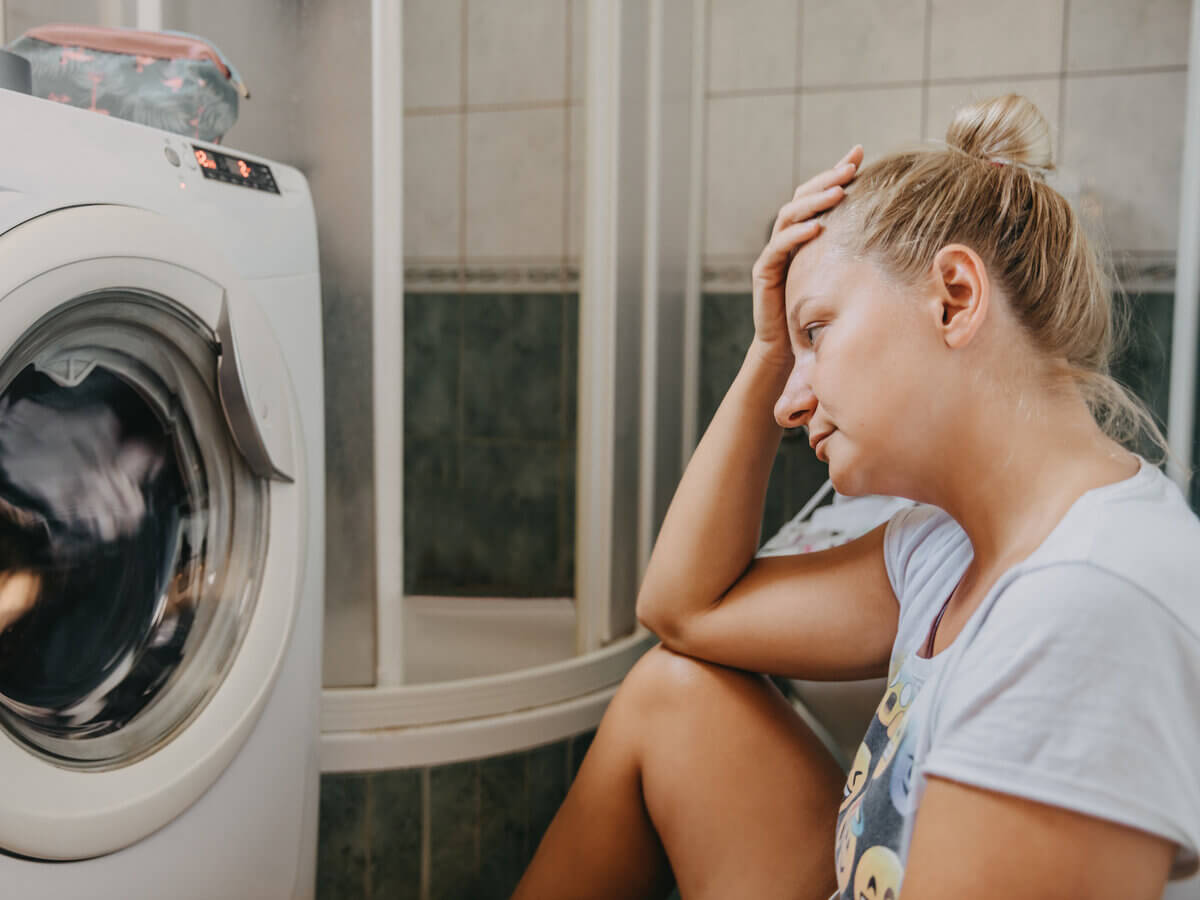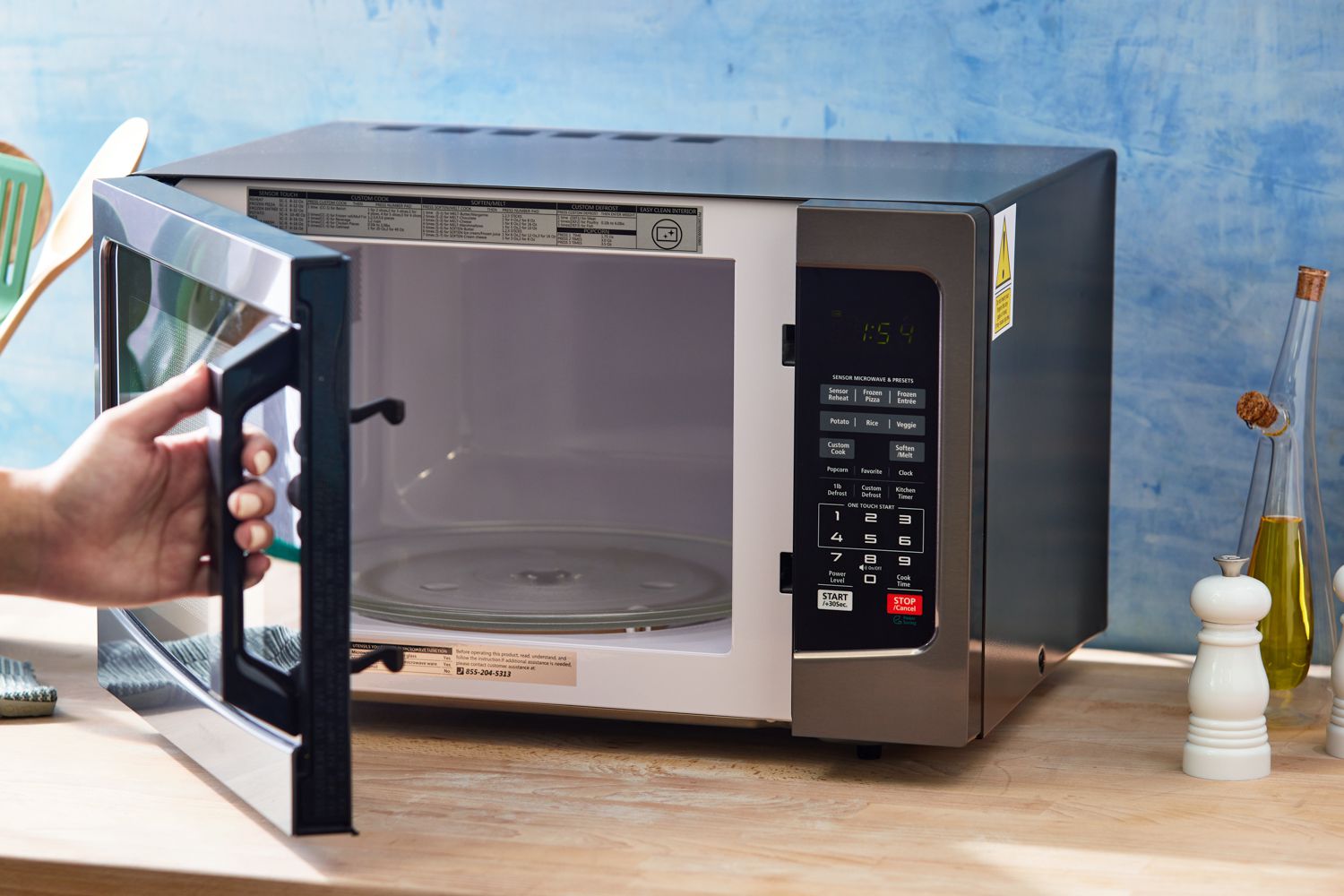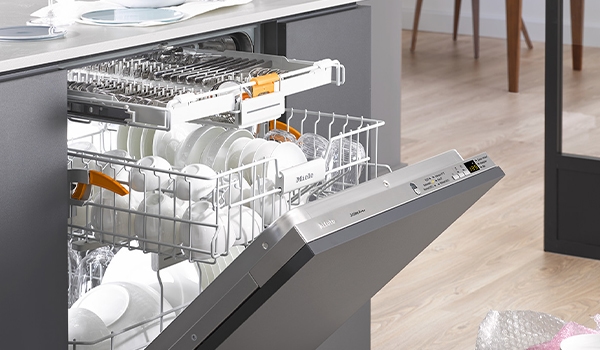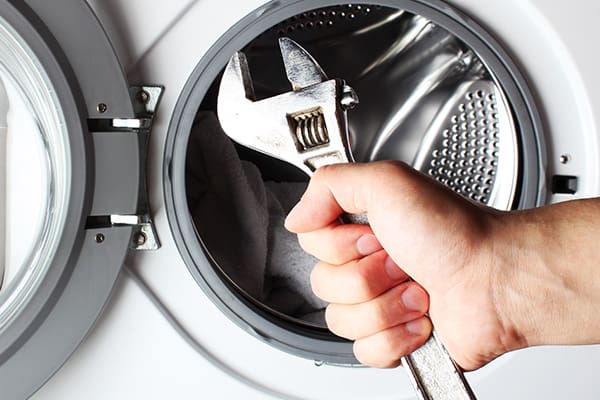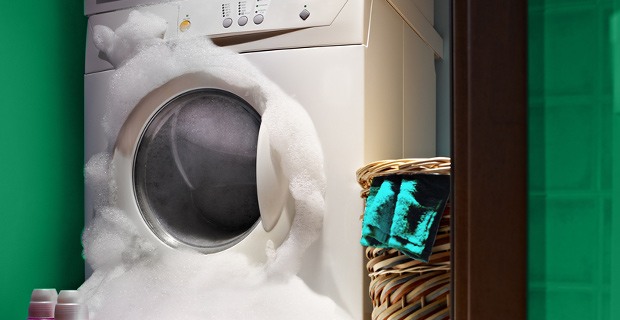Why does the washing machine not collect water?
Why does the washing machine not collect water?
Washing machines are essential household appliances, but they can sometimes experience issues with water intake, leading to frustration and disruption in daily routines. One of the most common problems is when the machine fails to collect water, which can be caused by various factors. These include clogged water inlet valves, malfunctioning water level sensors, or obstructed supply hoses. Each of these issues can prevent the washing machine from starting its cycle properly, resulting in clothes remaining unwashed or the machine halting unexpectedly. Addressing these problems promptly is crucial not only to restore functionality but also to prevent further damage to the machine. Quick interventions can save on costly repairs and extend the life of the appliance, ensuring it continues to operate efficiently. In this introduction, we will explore the common causes and underline the importance of timely maintenance and repair.
Understanding the Basics of Washing Machine Operation
Washing machines are complex yet indispensable home appliances that utilize water throughout their operating cycles to clean laundry effectively. The process begins when the user selects a washing cycle and the machine starts filling its drum with water. The amount of water used depends on the cycle chosen and the load size, with most machines equipped with sensors to determine the optimal water level needed to effectively clean the clothes without wasting resources.
Key components involved in water intake are crucial for the proper functioning of a washing machine. The water inlet valve, which is connected to the home's water supply, plays a pivotal role. This valve opens at the beginning of the wash cycle to allow water to flow into the tub. It's controlled by the washing machine's electronic control board, which signals the valve to open based on the selected wash settings.
Another important component is the water level sensor. This sensor monitors the amount of water that enters the drum and communicates with the control board to shut off the inlet valve once the correct water level is reached. This mechanism ensures the machine operates safely and efficiently, preventing issues such as overflows or insufficient water levels that could compromise washing performance.
Common Causes of Water Collection Issues
Clogged Water Inlet Valve: Symptoms and Fixes
The water inlet valve is crucial for supplying water to your washing machine, and it can become clogged with sediment, mineral deposits, or debris over time. Symptoms of a clogged water inlet valve include a slower than usual water flow into the drum or no water flow at all. To fix this issue, first turn off the water supply and disconnect the hoses from the back of the machine. Check the filters inside the valve inlets for any debris and clean them thoroughly. If the valve is severely clogged or damaged, replacing it might be necessary to ensure optimal performance.
Faulty Water Level Sensor: Identification and Replacement
A water level sensor, or pressure switch, determines how much water is needed for each load and tells the machine when to stop filling. If this sensor fails, the machine might not fill at all or overfill, leading to potential leaks. Identification of a faulty sensor usually involves observing incorrect water levels during cycles. To replace the sensor, you will need to locate it (usually near the top of the machine, accessible by removing the top panel), disconnect it from the wiring harness, and replace it with a new one ensuring compatibility with your model.
Kinked or Obstructed Water Hoses: How to Inspect and Resolve
Water hoses can easily become kinked or obstructed, especially if the washing machine is pushed too close to the wall or the hoses are not routed properly. Inspection involves checking the entire length of the hoses for any bends or twists that could restrict water flow. Also, ensure that they are not being squeezed by the machine or other objects. If a hose is kinked, gently straighten it out; if the obstruction is due to buildup inside the hose, consider replacing it entirely to avoid future problems. Regular maintenance and proper installation can prevent these issues from recurring, ensuring steady water flow to your machine.
Electrical Problems that Prevent Water Collection
Issues with the Machine's Timer or Electronic Controls
The timer and electronic controls in a washing machine serve as the brain of the operation, dictating various functions including water intake. When these components malfunction, they can prevent the machine from initiating the water collection process. Symptoms of issues with the timer or controls include the washing machine not starting, stopping mid-cycle, or not filling with water at all. These problems might stem from power surges, wear and tear, or faulty manufacturing.
To address issues with the timer or electronic controls, first ensure that the appliance is receiving power correctly. Check the outlet with a multimeter or by plugging in another device. If power is not the issue, inspect the control panel for any signs of damage or loose connections. Resetting the machine can sometimes resolve electronic glitches. If the problem persists, it may be necessary to replace the timer or control panel. This is typically done by accessing the panel behind or above the washing machine door and carefully replacing the old unit with a new one, ensuring all connections are secure.
Testing and Troubleshooting Electrical Components
To effectively troubleshoot electrical components in a washing machine, a systematic approach is essential. Begin by consulting the washing machine's schematic diagram to understand the wiring and component layout. Use a multimeter to test the continuity of the water inlet valve, which should have a reading between certain ohms (typically 500 to 1500 ohms) if functioning correctly. A higher or infinite reading suggests a faulty valve that needs replacing.
Additionally, check the wiring harnesses for any signs of wear, tear, or disconnections, particularly those connected to the water level sensor and the inlet valve. Loose or corroded connections can disrupt the electrical signals necessary for proper operation. Tighten loose connections and clean any corrosion observed with a suitable electronic cleaner.
If the components themselves and their connections appear in good condition, consider testing the main control board, which can be complex and might require professional assistance. Faults in the control board often require replacing the entire board, as repairing specific issues on the board is typically not cost-effective or reliable.
Addressing electrical issues promptly not only restores functionality but also prevents further damages that could lead to more costly repairs.
Step-by-Step Guide to Diagnosing Your Washing Machine
Tools and Safety Tips. Ensure safety by unplugging the machine before starting any diagnosis. You’ll need a multimeter, screwdriver, flashlight, and pliers. Wear gloves and keep your workspace dry.
Instructions for Checking Water Supply and Connections. Verify that the water supply valves are fully open. Examine the hoses for kinks or leaks. Ensure the connections at both the supply and machine ends are tight and secure.
How to Test the Water Inlet Valve and Water Level Switch.Use a multimeter to check the inlet valve for continuity. A normal reading typically falls between 500 to 1500 ohms. To test the water level switch, blow air into the switch’s tube and listen for a click, indicating it’s working.
When to Call a Professional?
Seek professional help if you face complex electrical issues, see water leaking internally, or if the machine shows error codes that suggest software problems. Experts should also handle gas connections or structural repairs.
DIY Repairs.Simple tasks like cleaning filters, checking hoses, and replacing easily accessible parts like belts can be done at home with basic tools and careful reference to the user manual.
Preventive Maintenance Tips.Regularly inspect hoses and connections for wear and ensure they are secure. Clean the filter every few months to prevent blockages. Use the correct amount and type of detergent to avoid over-sudsing and potential motor issues.
Conclusion
We’ve covered essential diagnostics and fixes for common washing machine issues. Timely attention to these problems can greatly extend the life of your appliance and improve its efficiency. Always address issues promptly to avoid the inconvenience and cost of major repairs.


